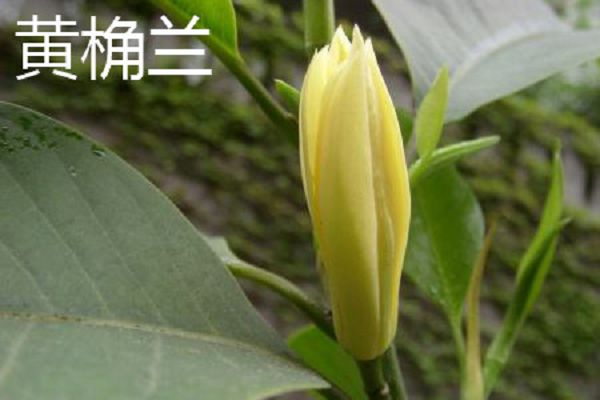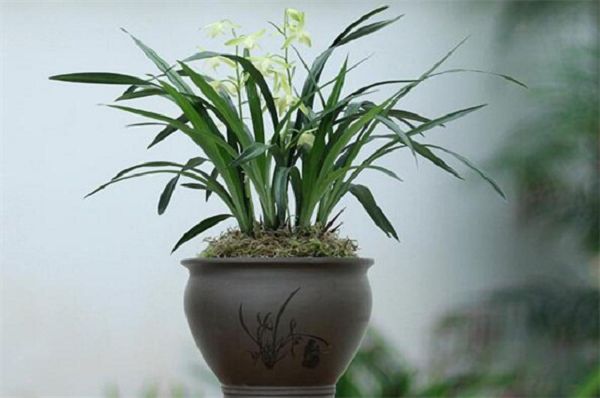Why orchids die easily in winter
Orchids are dormant or semi-dormant in winter, such as improper maintenance, it is easy to cause physiological diseases, light leaves become withered and yellow, can still germinate in spring, serious ones can lead to death, the reasons are as follows:
The main results are as follows: 1. The basin soil is too dry and wet: although the orchid should reduce a lot of water in winter, it cannot be irrigated without watering. If the basin soil is too dry, coupled with the dry climate in winter, its false bulb is easy to cause dryness and other tissues affect metabolism due to excessive water loss, and the plant will grow poorly, light, the leaves wither, or even die. In winter, orchids avoid pot soil too wet, too much water, basin soil ventilation is poor, it is easy to cause rotten roots and death.
2. Water and soil are not suitable: it is best to use Rain Water and river water for watering orchids. If well water or fresh tap water is used, the basin soil tends to become alkaline, the soil quality becomes worse, the basin soil is hardened, the water seepage is poor, and the ventilation is poor, so that the basin soil is easy to be wet in winter and the plant is likely to rot. Therefore, the acid loose soil should be chosen in orchid pot soil, and the PH should be between 5 and 6.5.
3. Improper watering method. Orchids should be watered in the morning or evening in other seasons, while in winter they should be watered in the sun at noon, and should be exposed to the sun for 1 or 2 hours after watering, and then move to the room after drying at the base of the leaves, such as indoor watering, the leaves are easy to store water from the stem and cause false bulb rot, resulting in plant death. As different varieties of orchids need different amounts of water, watering should be treated differently in winter, such as autumn orchids should be watered thoroughly before winter, while spring orchids should be moistened but not permeable; autumn orchids do not need to be watered in heavy snow, while spring orchids are better moistened; from the Winter Solstice to Lesser Snow, autumn orchids and spring orchids can be watered without watering or mastering eight points of dry and two parts wet.
4. Improper use of the basin: it is better to use the mud basin in the cultivation of orchids, the ventilation of the mud basin is better than that of the glazed basin, the water seeps quickly, and the basin soil dries quickly, which is very suitable for the growth of orchids and is not easy to cause over-wetness for a long time, so there are fewer diseases and insect pests. And the use of glaze basin, especially in winter, is often easy to rot because the basin soil is too wet. In addition, winter orchids must not use fertilizer, winter fertilization is the most likely to make orchids rot roots. The indoor temperature and humidity in winter should not be too high or too low, otherwise it will make the plant grow poorly, and soot should be avoided, doors and windows should be properly ventilated when the room temperature is high, and cold prevention should be paid attention to when the temperature is too low, so that the orchid can survive the winter safely and not die.
Four essentials of orchids divided into pots
First, it is necessary to master the time of dividing the basin. It is usually carried out in the dormant period after anthesis. Orchids blooming in spring are divided into pots from late September to November or before new buds sprout, while orchids blooming in summer and autumn should be carried out from early to late April.
Second, the roots and leaves should be washed and planted. After the potted soil is fully dried, gently take out the plant, remove the soil, cut off the rotten roots and roots, wash the roots and leaves with clean water, and dry them. After the orchid roots become soft, cut them with scissors at the bulbs with large gaps, and coat the scissors with charcoal powder or sulfur powder (to prevent bacterial infection) before planting.
Third, the seedling roots should be closely connected with the basin soil. When potting, put the plant in the middle of the basin to make the root system distributed evenly. When planting, the new buds will be outward to facilitate growth. Hold the seedling in one hand, fill in the nutritious soil in the other, and shake the flowerpot while filling the soil, so that the root is closely connected with the soil.
Fourth, water thoroughly. Pour water thoroughly after putting on the basin, put it in a place of shelter from the wind and slightly shady and wet, and then properly control the amount of water until the new buds sprout.
Related
- Is the orchid suitable for indoor use? Is it good for the body?
- How to prevent the empty root of orchids?
- What to do after the crab claw orchid is withered?
- Why are the leaves of orchids always yellow? Fertilizing and watering.
- Can the root of the gentleman orchid be saved if it is rotten?
- Diagnosis and treatment of cotton-blowing beetle insects in Cymbidium
- There is a way for a gentleman's orchid to rot.
- What is the most suitable temperature and humidity for the orchid?
- How to raise a gentleman's orchid? Cultivation techniques of Cymbidium
- How to prepare the nutritive soil for the cultivation of Cymbidium



